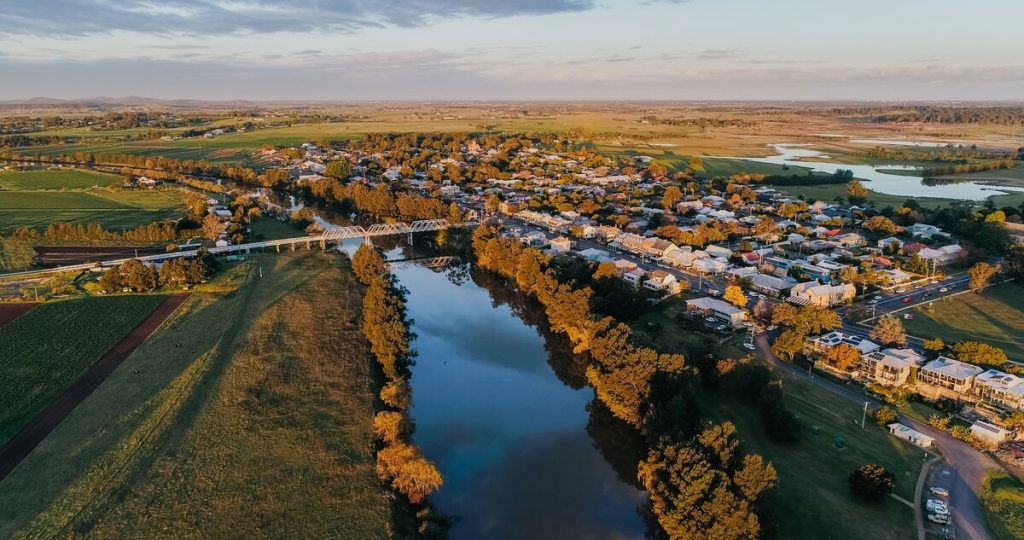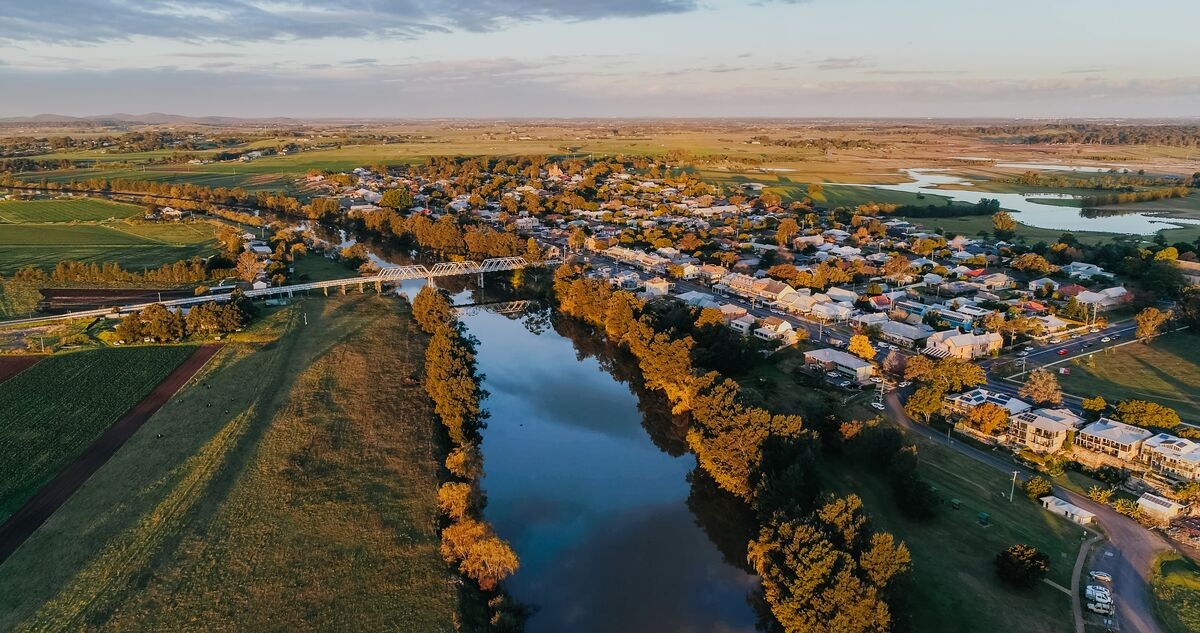

Some Hunter council ratepayers will face a significant rise in rates next financial year.
The Independent Pricing and Regulatory Tribunal (IPART) has set the general rate peg for councils at an increase of 3.7 per cent, but some councils are allowed a greater increase because of population growth.
The rate peg for 2023-24 is based on the change in the Local Government Cost Index (LGCI), an adjustment for changes in the superannuation guarantee and a population factor that is specific
to each council.
The rate peg is the maximum percentage councils can increase their income from rates by. Revenue from rates represents one of the main sources of income for councils in NSW. The importance of rates revenue varies for different councils but, on average, it represents more than a third of councils’ combined total income. Councils also receive income from other sources including grants and contributions, and fees and charges for goods and services they deliver. The rate peg does not constrain income from these other sources.
The rate peg protects ratepayers from excessive rate increases, while ensuring councils receive a fair amount of income from rates which enables them to provide quality services for their communities.
Cessnock Council will be allowed to increase rates by 3.8 per cent, Dungog Shire Council by 4.4 per cent, Maitland Council by a huge 5.9 per cent and Port Stephens will have their rates increased by 4.4 per cent.
“Higher inflation means that councils are facing increased costs in delivering services to the communities they serve,” said IPART Chair Carmel Donnelly.
“We have taken these increased costs into consideration while also trying to limit the level of rate increases that ratepayers are facing.”
IPART does not set the actual rates that households and businesses pay, which is a decision for councils and their communities. However, councils must set those rates to ensure that the change in total rates income stays below the rate peg limit.
IPART is currently reviewing the methodology it will use to set the rate peg from 2024-25. We are now calling for public submissions to the Issues Paper which is available on IPART’s website. Submissions will be open until 4 November 2022.
“We will be looking at new approaches to setting the rate peg that reflect, as far as possible, changes in inflation and local government costs, while continuing to protect ratepayers from excessive rate increases,” said Ms Donnelly.

